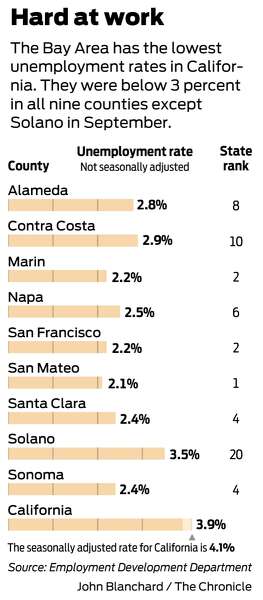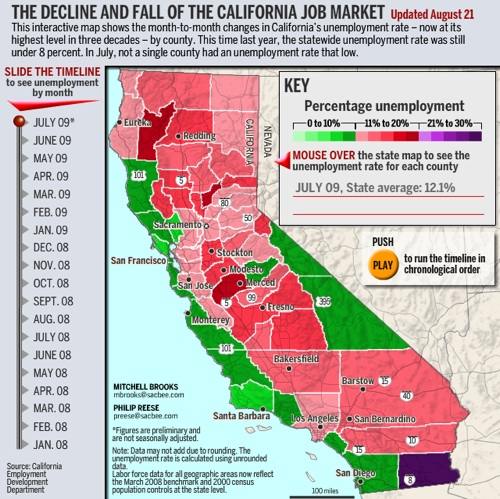

1), the rate begins to escalate up to the full 6.0 percent until the loan is repaid.

If a state has a loan balance for more than two consecutive years (measured as of Jan. When the state is able to cover benefit payments without federal borrowing, the federal tax portion is only 0.6 percent for program administration. The federal government also assesses taxes of up to 6.0 percent on the first $7,000 of annual wages per employee. Most states, including California, assess higher rates on employers that have a history of more frequent layoffs - called experience rating - to encourage employers to maintain their payrolls during temporary slow periods. That $7,000 was the equivalent of full-time wages at the federal minimum wage in 1982, but now represents less than 3 months of full-time work at the minimum wage in 2022 in California. States have been required to assess employer taxes on the first $7,000 of wages per employee since 1982, although every state except California and three others (Arizona, Florida, and Tennessee) have updated their taxable wage caps. While states have the flexibility to set benefit levels and taxes on employers to fund their unemployment insurance over time, the federal government has put in place guardrails to ensure that each state’s system remains self-funded. If a state does not have sufficient reserves built up in advance in its unemployment insurance trust fund, it can ultimately borrow from the federal government. Because UI benefits are given out to more workers during recessions while tax revenues necessarily decline, the program often runs a deficit during and after recessions. Unemployment insurance benefits help cushion the overall economic blow by helping workers to pay their bills. Businesses that used to depend on that spending may be forced to lay off more workers, making the recession worse for everyone.

Knowing that it may take a while to find a job, workers may rationally cut back on spending as much as possible. Laid-off workers can also become eligible for other safety net programs such as food stamps or Medicaid.ĭuring recessions, many people may be laid off at once. Benefits are deliberately set at half of usual wages to encourage workers to actively search and accept jobs. However, as long as they are actively searching, available, and able to work, they can usually receive UI benefits for up to 26 weeks. Workers are not eligible if they quit or are fired for cause. One week after a layoff, workers are eligible for unemployment insurance benefits of up to 50 percent of their previous wages, with a maximum benefit of $450 per week in California. Given California’s outdated unemployment insurance funding system, repaying this debt will be painful for employers and workers and will undercut the state’s efforts to responsibly budget. Even with the federal aid covering most of the program during the past two years, California still had UI debts of almost $20 billion at the beginning of 2022, almost half of the total borrowing by all states. During the pandemic, the federal Coronavirus Aid, Relief and Economic Security (CARES) Act pumped billions of dollars into state coffers to help fund the safety net. Unemployment insurance (UI) is the largest self-funded economic stabilization system in the nation, helping millions of workers after they are laid off. The broader the taxable wage base, the lower tax rates can be to sustainably fund the system. The current regressive tax structure imposes higher costs on low-wage workers and small businesses, slows hiring, and undercuts California's push toward responsible budgeting.


 0 kommentar(er)
0 kommentar(er)
